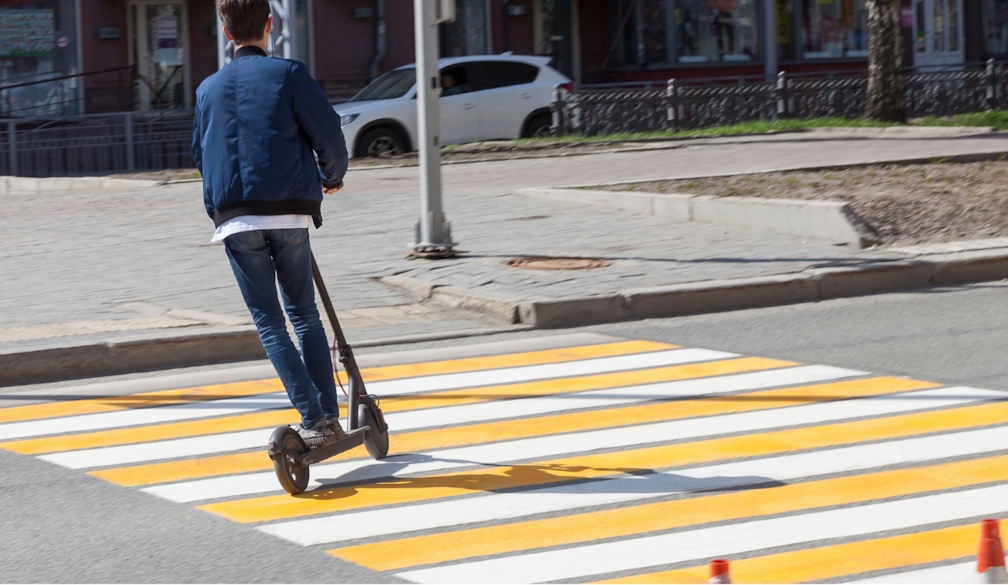E-scooter riders flouting rules, blocking footpaths and causing accidents? We need to use smart solutions (and bust the myths)
- Written by Richard Buning, Senior Lecturer in Tourism, UQ Business School, The University of Queensland

Recent decisions by several Australian and New Zealand cities to discontinue shared e‑scooter services have again thrust misperceptions and moral panic[1] into the limelight.
Some[2] city councils have terminated[3] contracts[4] with one operator of shared e‑scooters over allegations relating to exceeding caps on numbers. Other[5] councils[6] have cited public concerns about footpath riding, accidents, reckless use and parking to explain their decisions.
There have been calls for tougher policing[7] of e-scooters. However, recent research and innovations in the industry offer better, more cost-effective solutions that will ease the pressure on police resources.
These solutions include using readily available technology, including geo-fencing and speed-limiters, and educating riders. Our research[8] has found many of them simply don’t know the rules that apply to e-scooters in their city or state.
Police enforcement is limited
People who see e-scooter riders behaving dangerously often ask what the police are doing about it. In response, police sometimes launch “blitzes[9]” against riding behaviours, such as not wearing helmets. These efforts are focused on locations where e-scooter use is common or is considered a problem.
Yet the overall extent of enforcement is limited. Riders realise the chance of being caught is low. The Centre for Accident Research and Road Safety – Queensland (CARRS-Q[10]) has estimated, for example, that only one fine was issued for every 300 unhelmeted rides on shared e-scooters in Brisbane in late 2022 and early 2023.
In Queensland, enforcement focuses on the “fatal five” – driver distraction, drink driving, speeding, fatigue and unrestrained behaviours. Despite public concern about the safety of e‑scooters, many larger road and community safety issues are already stretching police resources.
This points to the need for other solutions to manage e‑scooters and reduce the demands on police.
State governments and police are responding to public pressure to ‘crack down’ on e‑scooter riders.Many riders don’t know the rules
CARRS-Q research[11] found e‑scooter riders (and people who don’t ride them) often don’t know the road rules. For example, less than half (45%) of the Queensland e‑scooter riders surveyed in 2020 knew the speed limit for riding on the road was 25km/h. When Canberra riders were asked in 2022-23, only 51% knew the correct speed limit.
People typically follow road rules when road infrastructure forces them to, known as self-explaining roads[12]. One example is a physically separated bike way that keeps cars and bikes apart.
In Queensland, e‑scooters are allowed to ride in bike lanes, but only on roads with a 50km/h speed limit or lower. But when scooter riders see a bike lane, many assume it’s a safe place to scoot regardless of the car speed limit.
Regulations are a confusing mess
Road rules for e‑scooters vary greatly across the country[13], as the table below shows. Public information is unregulated, putting the onus on users themselves to look up local road rules on state transport websites.




















